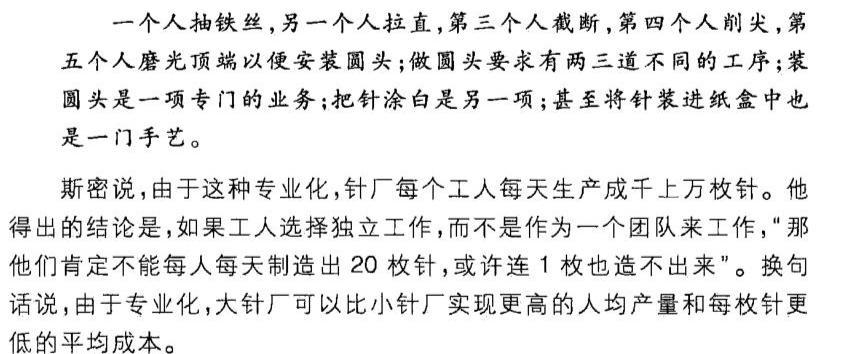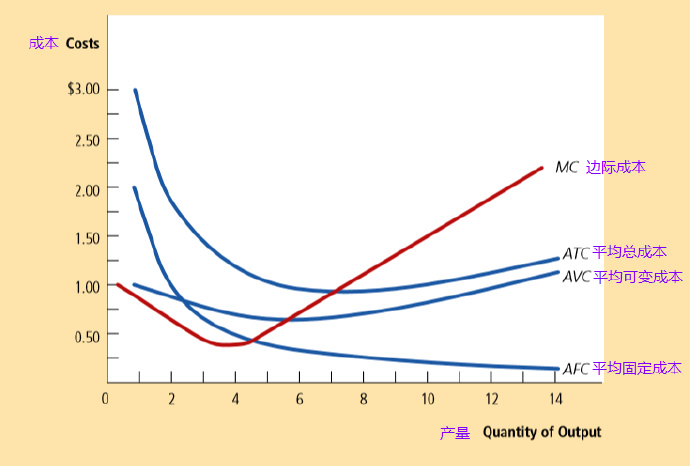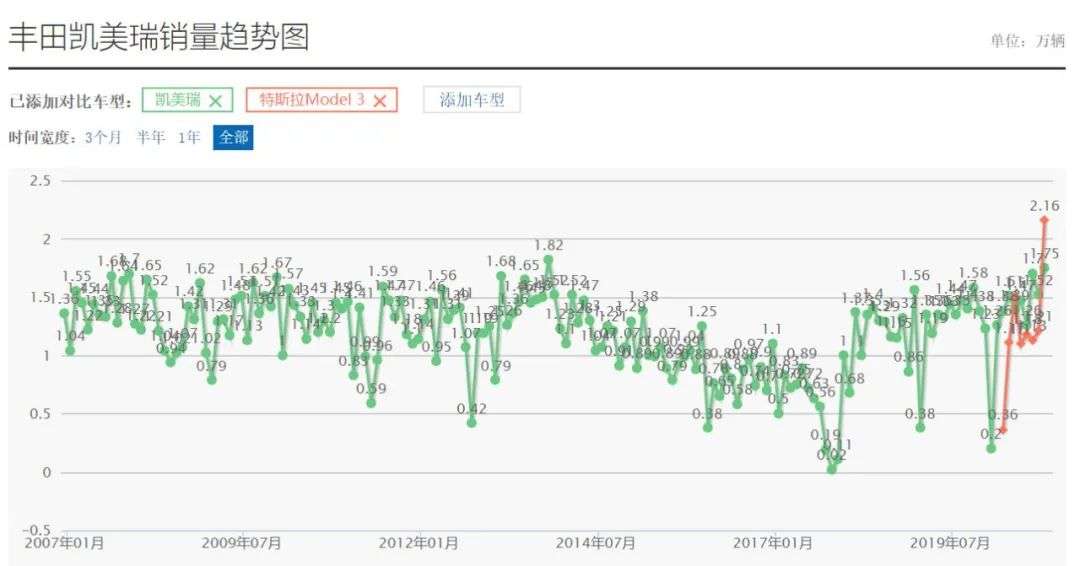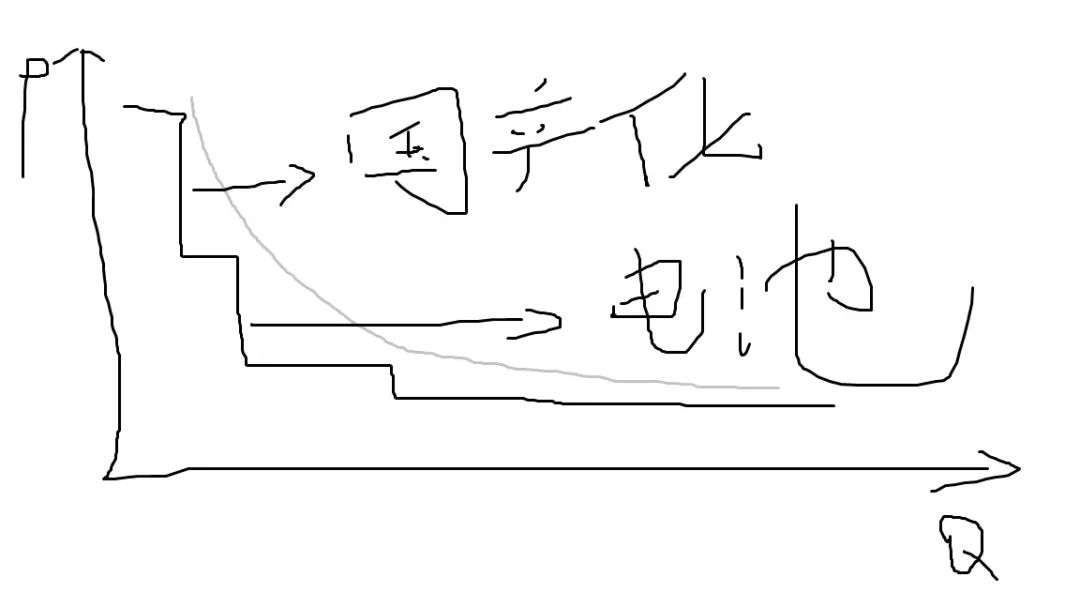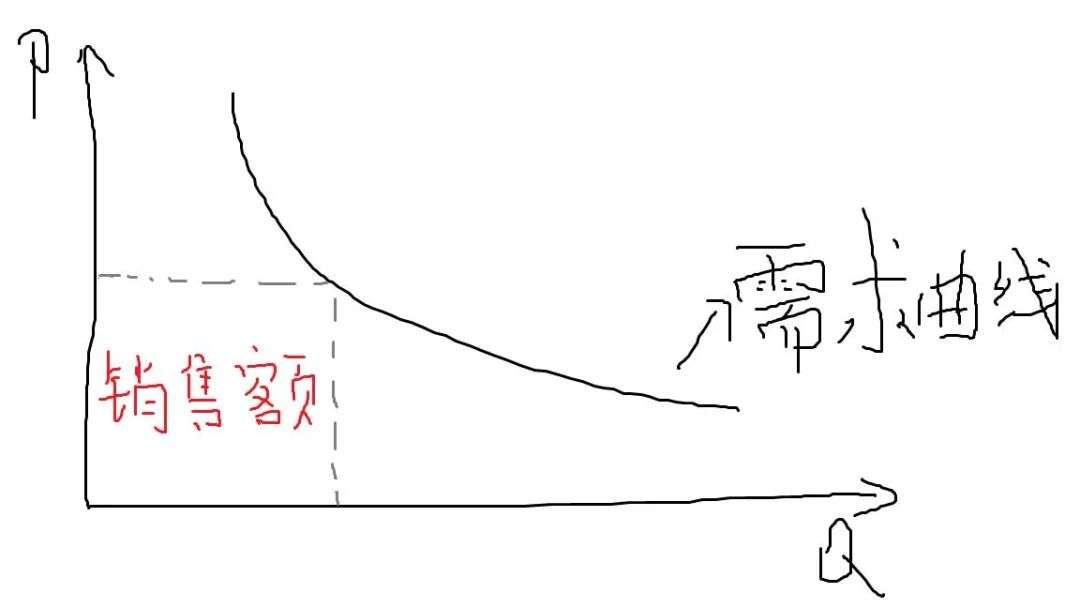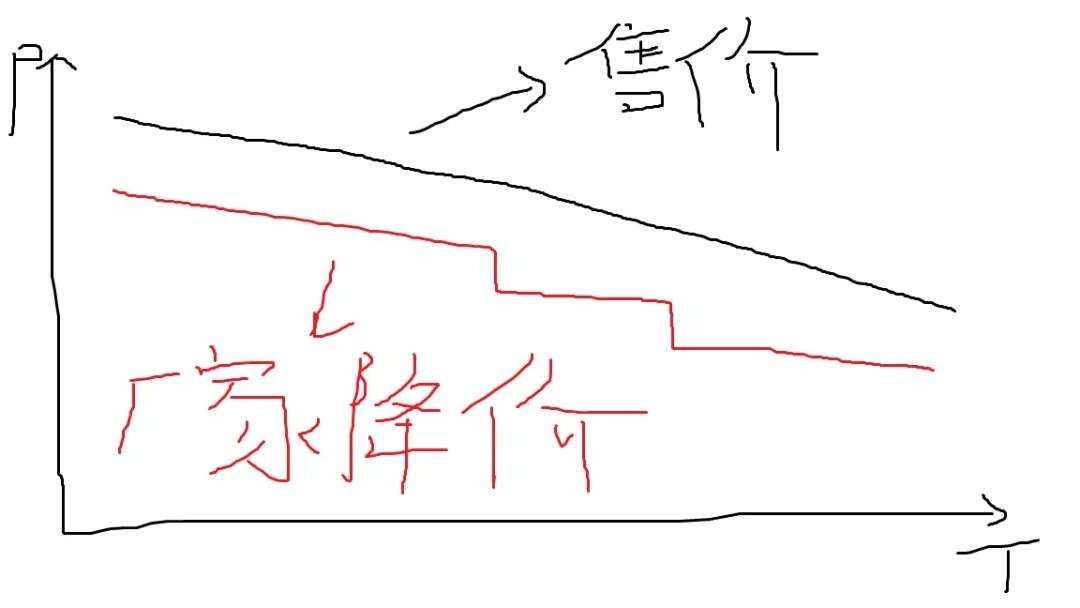What exactly is the pricing of?
Tesla car pricing is constantly changing, which is related to its production cost and pricing strategy. To facilitate description and understanding, let’s talk about Tesla’s production cost first, and then Tesla’s pricing strategy.
Students who have taken micro-jing in college may remember that Adam Smith used the example of needle factory to make needles to describe the “economies of scale” phenomenon, that is, the cost of product production increases with the increase in production volume. And fell.
The “economies of scale” described by Adam Smith not only exists in needle factories, but also in most consumer goods industries, and automobiles are no exception. The longer a car is available, the more it is produced, and the cheaper it is.
The reason is that in the large-scale production of automobiles, the initial investment in automobile research and development expenses, design expenses, mold development expenses, and plant equipment expenses, etc., can be evenly shared among many automobiles, thereby effectively reducing manufacturing cost. The typical cost curve brought by the scale effect is as follows:
A typical cost scale curve
As a “new species” in the automotive field, Tesla electric vehicles are in the early stages of development. Take Model 3 as an example. The historical total production volume of Model 3 is small, but the output has risen fast. Fast? We can compare these two points with a traditional model (such as Toyota Camry):
Tesla’s historical production volume is small, which means that Tesla is at the left end of the cost curve, and the scale effect is significant. With the rapid increase in the number of Tesla cars produced, the cost will drop rapidly.
On the other handIn addition to the scale effect factor, there are some other external factors besides the scale effect factor.
According to Sina Technology’s in-depth report “The Mystery of Price Reduction-Demystifying Tesla’s Car Sales in China”, Tesla’s price reduction process and time point follow that after Tesla’s entry into China, the localization and use of parts Factors such as the replacement of ternary lithium batteries by lithium iron phosphate batteries in the Ningde era are closely related. Changes in external fixed costs have further accelerated the decline in the cost of Tesla’s electric vehicles. [2]
So the price drop of Tesla cars is caused by the superposition of multiple factors. The cost curve should look like this:
If you were Musk, when you get a cost curve like this, how would you price it?
The high probability is this:
Okay, so far, you have the same ideas as Musk, and you can be scolded with him.
As the “pioneer” of new energy vehicles, Musk said in the second quarter of 2020 earnings call that “Tesla’s price is not close enough to the people. I want more people to enjoy the benefits of technology.”
So, Tesla wants to penetrate more people at lower prices and quickly seize the market[2], so it uses “penetration pricing”, which is a way to maintain a low profit range to quickly gain market access. method.
This pricing strategy generally has nothing to do with supply and demand and the price of competitors. It is only related to its own cost. “As long as the cost decreases, I will reduce the price.” In this strategy, as long as the company maintains the advanced nature of production, it should be able to maintain market leadership.
As mentioned earlier, because Tesla’s cost is continuously and rapidly falling, and in line with the Tesla pricing strategy we introduced later, we see that Tesla’s price drops again and again, and there is no Expected decline.
This led to the phenomenon we talked about at the beginning: Tesla’s “timely profit” only makes car buyers at any point in time feel that they have become “taken on.”
How are traditional cars priced?
Read this, You may have discovered a paradox, that is, “increasing profits” may make consumers more satisfied.
This sounds a bit counter-common sense, but it has been proven in traditional automobiles and many consumer products.
The total production and sales volume of the traditional automobile market is stable. It is occupied by a few leading automobile manufacturers. Each has its own advantages and different audience positioning. In a mature market, automobile manufacturers no longer take “acquiring” market share as their main purpose. But to “maintain” the market share and maximize their own profits.
About 2000, the Chinese auto market was in short supply and it was very profitable, especially mid-to-high-end autos whose profits were astonishingly high. According to figures released by an authoritative statistical agency in the industry in Germany, in 2002, China’s mainstream auto manufacturers were astonishingly profitable. , The average profit exceeds 22%, and some companies reach 30%. However, with the increasingly fierce competition in the auto market, according to the annual financial report data of Toyota, Volkswagen, and BMW Group in 2019, the profits of most automakers have fallen to around 9%-12%.
In different environments and time points, the profit gap of traditional automakers is so large, which in fact proves that their pricing strategy takes more into consideration the market and competitors rather than their own costs.
What is the pricing strategy of traditional cars? Let’s review the demand price curve in the Weijing:
A scribbled demand curve
In such a simple (vacuum spherical market economy) demand-supply curve on price, the pricing strategy should only be related to the quantity demanded, and the manufacturer must find the “highest price for the largest purchase quantity” in the current period. Above the automobile cost line, the manufacturer finds the largest product of the sales volume and the selling price, and obtains the largest sales as the best price.
This will bring two effects: one is that the company can get the most profit, and the second is to make people who buy the car feel “wow, the value of my car is preserved”.
But for Tesla, it must be disdainful of this pricing strategy that violates the law of value. Therefore, in 2020, Tesla even experienced the phenomenon of “the price of the car has been reduced before delivery”. There is no reason to reduce prices when the supply of normal commodities exceeds demand, but Tesla has reduced it because production costs have fallen.
In the traditional automobile industry, this phenomenon will never occur easily, because for traditional car manufacturers, even if the cost drops suddenly, as long as they can hideGot it, I would rather make this profit than make a profit to make sales.
In this market, the actual operation of cutting leeks, on the contrary, can soothe the mood of “leeks”.
In the traditional automobile industry, the strategy of upgrading and not reducing prices will be widely used. During the 10 years of new car release, manufacturers have continuously introduced small, annual, mid-term, large, and smart upgrades. . If you are an old car owner, you will feel that your model “has never been reduced in price”, but although it is called the same name, the car is not that car long ago.
In addition, the price of traditional cars has always been very stable, which has a lot to do with traditional car sales.
Traditional automobile sales are mainly based on distribution agency sales (common 4S automobile sales experience stores). Dealers have strong control over the sales price of automobiles. Generally, dealers will increase the price by tens of thousands after purchasing goods through automobile manufacturers. When selling goods to consumers, dealers generally have the final say.
In the way cars are sold to dealers, car manufacturers have weak control over commodity prices. This often happens when car manufacturers lower the prices of cars, and sales channels have the motivation to delay or conceal the price reduction of products in order to make money. Get more benefits.
Under the traditional model of car sales by dealers, the signal transmission of car prices becomes very weak, and it is not easy for consumers to detect price changes. In many cases, even if the price of a car is reduced, consumers are unaware. Weaken or hide the contradiction between car manufacturers and consumers caused by car price cuts.
In contrast to Tesla’s sales model, the national direct sales have a unified price, no dealers make the difference, and there is no middleman to buffer the price reduction. The price is more transparent, but it also brings more price to the manufacturer’s product reduction. Many risks and trials.
It can even be said that Tesla’s direct sales model has become a catalyst for Tesla’s price cuts to be complained by the market.
Can I learn Xiaomi and Apple?
Is it possible to not only make profits, but also make users feel “earned” psychologically? This is also possible.
The pricing strategies of Xiaomi and Apple have reference and reference value.
At the initial stage, Xiaomi also encountered the same problems as Tesla. The early product design and development costs were high, but the production volume was small, and the apportionable cost could not be fully apportioned. The high product cost is inevitable. .
According to Morgan Stanley’s calculations that year[4], the BOM price of Mi 2 is 1700 yuan, but this
